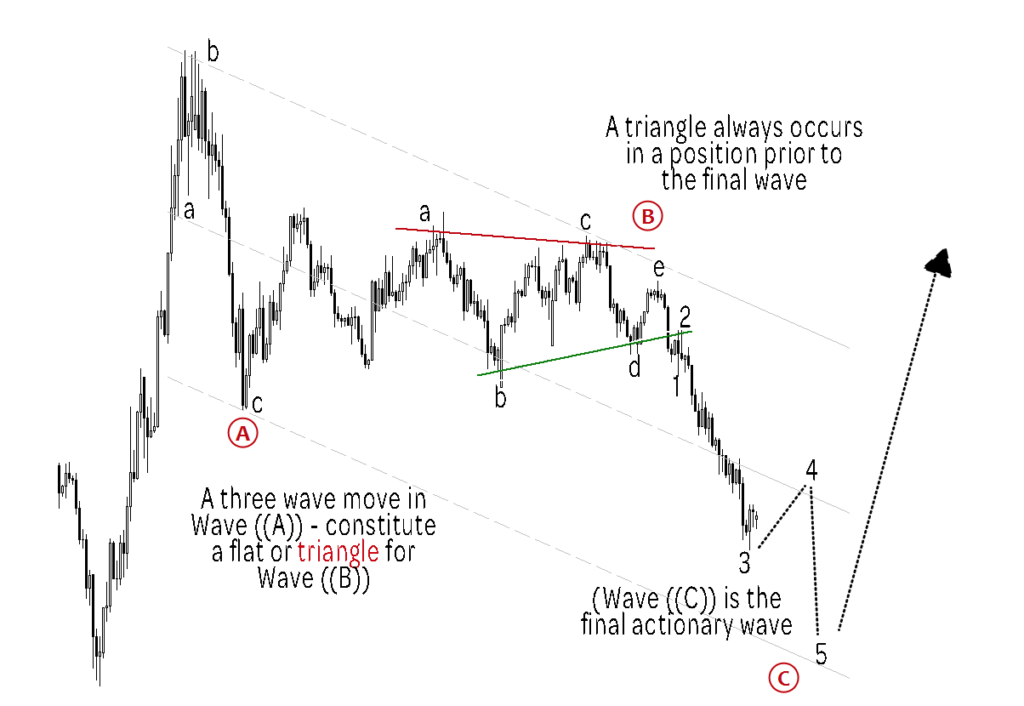Keeping Tabs on Open Interest
(Or Where Do Options Go When They Die?)
As opposed to stocks, which have a fixed number of shares outstanding, there’s no minimum or maximum number of option contracts that can exist for any given underlying stock. There will simply be as many option contracts as trader demand dictates.
Remember: whenever you trade an option contract, you might be creating a brand-new position (opening) or liquidating an existing one (closing). That’s why whenever you enter an option order, it’s not good enough to simply say “buy” or “sell” as you would with a stock. You need to specify whether you are buying or selling “to open” or “to close” your position.
In other words, options aren’t necessarily hot potatoes that get passed around and wind up in someone’s hands at expiration. Someone needs to look at the big picture and keep track of the overall number of outstanding option contracts in the marketplace. That’s where The Options Clearing Corporation (OCC) comes in.
Every day, The OCC looks at the volume of options traded on any given stock, and they make note of how many options were marked “to open” versus “to close”. And once they’ve tallied up the numbers, they can determine something called “open interest”.
Simply put, open interest is the number of option contracts that exist for a particular stock. They can be tallied on as large a scale as all open contracts on a stock, or can be measured more specifically as option type (call or put) at a specific strike price with a specific expiration.
Obviously, if more of the volume on any given option is marked “to open” than “to close”, open interest increases. Conversely, if more option trades are marked “to close” than “to open”, open interest decreases.
Figure 1: Open Interest

Here’s an example of trading volume and open interest figures for fictitious stock XYZ. Keep in mind that each option contract normally represents 100 shares of the stock.
This brings up a point worth noting: although you can keep track of trading volume on any given option throughout the day, open interest is a lagging number: it’s not updated during the course of a trading day. Instead, it is officially posted by The OCC the morning after any given trading session, once the figures have been calculated. For the rest of the trading day the figure remains static.
Why open interest matters to you
As you can see from figure 1, open interest can vary from the call side to the put side, and from strike price to strike price.
High open interest for a given option contract means a lot of people are interested in that option. However, high open interest doesn’t necessarily mean the people trading that contract have the correct forecast on the stock. After all, for every option buyer expecting one result, there’s an option seller expecting something else to happen. So open interest doesn’t necessarily indicate a bullish or bearish forecast.
The main benefit of trading options with high open interest is that it tends to reflect greater liquidity for that contract. So there will be less of a price discrepancy between what someone wants to pay for an option and how much someone wants to sell it for. Thus, there should be a higher likelihood your order will be filled at a price that’s acceptable to you.


